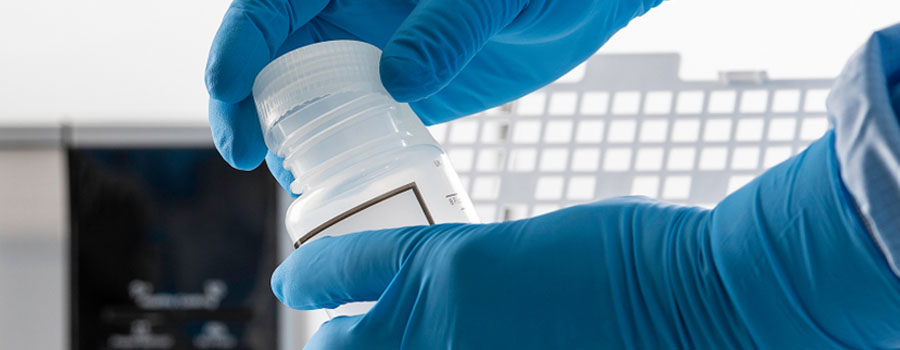How to autoclave plastic bottles
By DWK Life Sciences

A variety of common laboratory processes require the use of a sterile container. However, if you are using laboratory plasticware, it is important to consider several factors before the container is placed in an autoclave.
Here are six questions to ask yourself before you autoclave plastic bottles to ensure the process is carried out in a safe and effective way.
Is your plastic bottle suitable for autoclaving?
While there are plastic polymers that are suitable for autoclaving, there are others that are not. For example, you should not autoclave plastic bottles made from either Low Density Polyethylene (LDPE) or High Density Polyethylene (HDPE). These polymers have a narrow temperature range of between -50 to +80°C in the case of LDPE, and while HDPE offers a wider range of between 100 to +120°C it is still below 121°C most commonly used for autoclaving. Other polymers that are not suitable for autoclaving include Polymethylmethacrylate, Acrylic (PMMA), Polystyrene (PS) and Polyvinylchloride (PVC), again because of their narrow temperature ranges.
However, it is safe to autoclave plastic bottles made from Polypropylene (PP), Polytetrafluoroethylene (PTFE), Polyfluoroalkoxy (PFA), Polymethylpentene (often abbreviated to PMP or TPX) and Polycarbonate (PC) as these polymers are stable at higher temperatures.
Has the plastic bottle been cleaned beforehand?
Before you place the plastic bottle in the autoclave it is important to ensure the container has been cleaned. This will prevent any contaminant substances from baking onto the surface of the plastic bottle during the process.
Are the caps completely loose?
Before you autoclave plastic bottles in your laboratory it is vital that caps have been completely removed. Even a loosely screwed cap can result in a vacuum being created within the bottle during the autoclave process. This will cause the plastic bottle to collapse and distort, rendering it unusable. Instead, you must completely detach the cap from the bottle itself before it is placed in the autoclave. One approach that is commonly used it to tape the cap to the side of the container neck using autoclave tape, also helping ensure the correct cap and bottle remain together during the process.
Is there room for steam to circulate in the autoclave?
You should avoid over-stacking an autoclave as this will stop the steam circulating between the items effectively and could jeopardise the sterilization process.Instead, ensure there is plenty of room between items. This is particularly important when autoclaving plasticware. Plastics polymers transfer heat more slowly than glass or metal and can take longer to reach sterilization temperatures, so ensuring steam can circulate freely within the autoclave is even more important.
Have you validated your autoclave?
While the standard autoclave temperature is 121°C, it is essential to regularly calibrate your autoclave to ensure the visible temperature displayed is correct. It is also important to check the specific instructions associated with your machine to determine cycle times.
Has sterilization been achieved?
Owing to the slower heat transfer properties of plastics, it is important to ensure sterilization has been successfully attained. Before you autoclave plastic bottles it is advisable to use some form of indicator to demonstrate that the correct temperature has been consistently achieved. Using autoclave tape, or other forms of physical indicator - many of which visibly change appearance or colour after having been subjected to the temperatures associated with laboratory sterilization - can provide clarity on whether the process has worked.